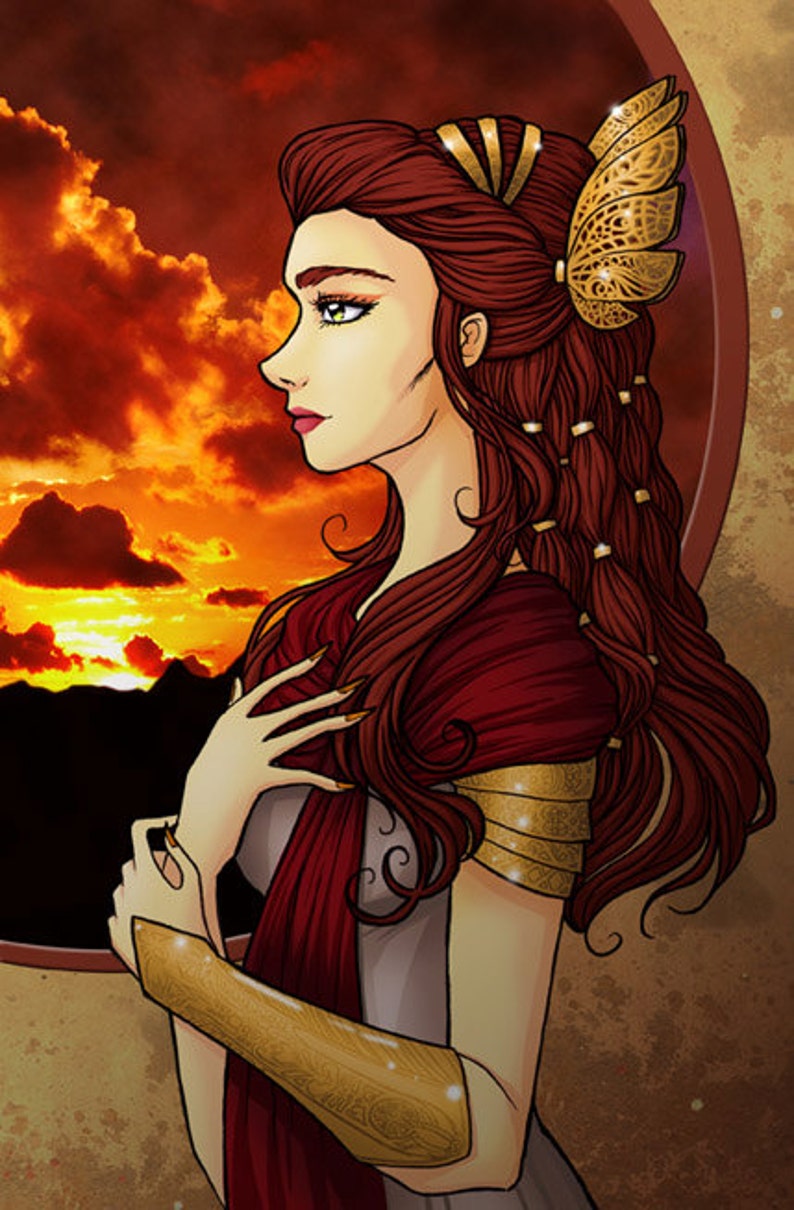

These three gods were worshiped on the Capitoline Hill, which was a very important holy site in ancient Rome. The other two gods were Jupiter and Juno. As a matter of fact, she was part of the “Capitoline Trio”, which consisted of three gods that the Romans considered patrons of their city. Minerva was very important to the Romans. This origin can be seen in one of Minerva’s other titles: Minerva Mensa, “Minerva who measures time”. This ancient goddess was called Meneswa, which means “she who measures”. Minerva Armipotens – powerful in arms and the patron of strategyĪlthough she was equated with the Greek goddess Athena, Minerva was actually originally from the Etruscans, who were a people that lived in the same place as Romans did but before Rome existed.Minerva Luscinia – a name that means ‘nightingale’, because she is said to have invented the flute.Minerva Castitis – patron of olive trees.Minerva had many titles because of her many roles. Olive oil was very important to Mediterranean cultures – as we can see from the fact that Minerva was declared the winner of the contest. Minerva, however, created the olive tree. Neptune made a horse – definitely a very useful animal for the ancients. The gods had a contest to see who could create the most useful item for humans. She knocked Arachne on the head three times and turned her into a spider to punish her for her unwise boast.Īs proof that Minerva could win contests with other gods, though, here’s one more story about her, again drawn from Greek myths. But, not too surprisingly, Minerva declared herself the winner. Arachne, meanwhile, chose to depict the gods in various forms tricking humans.Īrachne’s work was an amazing piece of art, made with incredible skill. Around the edges of the tapestry were figures of people who had challenged the gods and lost. Minerva, maybe with an eye to influencing any judges, wove a tapestry that featured herself beating all the other gods in a competition. The subjects of their two tapestries were very different. She says that they’re even better than Minerva’s! Minerva, angry about this challenge, appeared to Arachne and challenged her to a weaving competition. In this book, a young woman named Arachne brags about her weaving skills. She had the weapons and armor that her mother had made for her.Īnother story about Minerva comes from Ovid’s book Metamorphosis. Minerva emerged fully-grown from Jupiter’s forehead. Although this is a pretty extreme solution for a headache, it worked. He asked another god, Vulcan, to hit his head with a hammer and split it open. The constant noise gave Jupiter a terrible headache. While inside Jupiter, Metis forged weapons for the baby Minerva. He did this because of a prophecy that his child would one day defeat him. She was born when her father, Jupiter, swallowed her mother, Metis. She also gained a backstory worthy of a comic book. Minerva was a gracious winner in war, who had sympathy for those her armies beat.Īfter Athena began to influence Minerva, her symbol became the owl, which today continues to represent wisdom. But she can often be found offering an olive branch to the defeated. Many statues of her show her holding a spear and a shield, to represent her interest in war. She was often portrayed wearing a chiton, which is an ancient Greek garment, and a helmet.


In fact, they decided that they were the same gods under different names. When the Romans made contact with the Greeks, they saw their gods as being similar to those of the Greeks. Minerva was highly influenced by the Greek goddess Athena. She was in charge of so many things that Ovid called her the “goddess of a thousand works”! Her domains included medicine, poetry, and handicrafts as well. She was also the goddess of trade, the arts, and strategy in war.


 0 kommentar(er)
0 kommentar(er)
